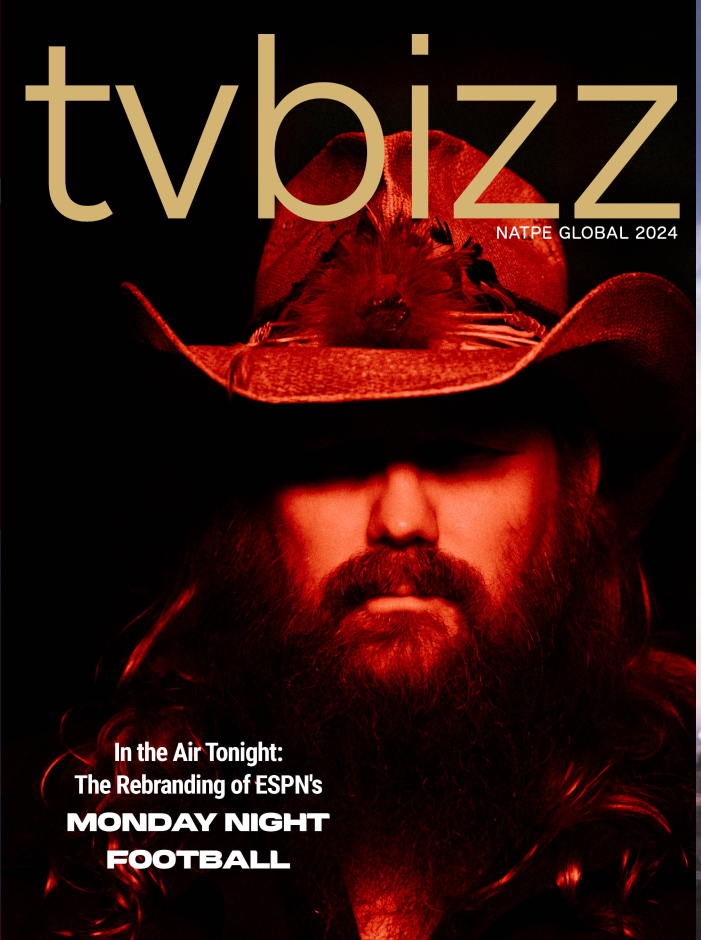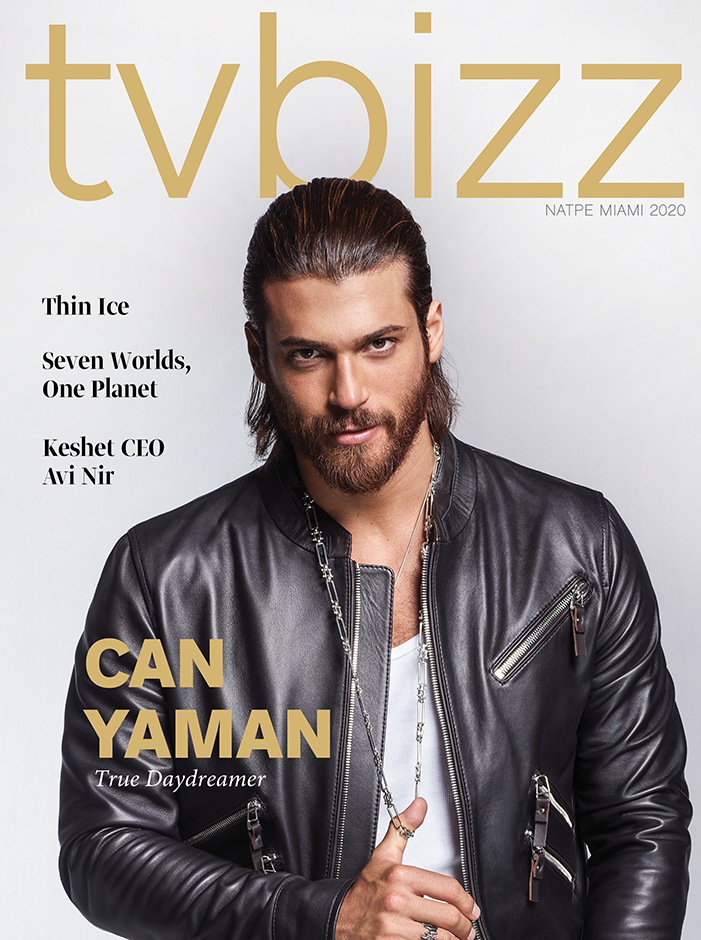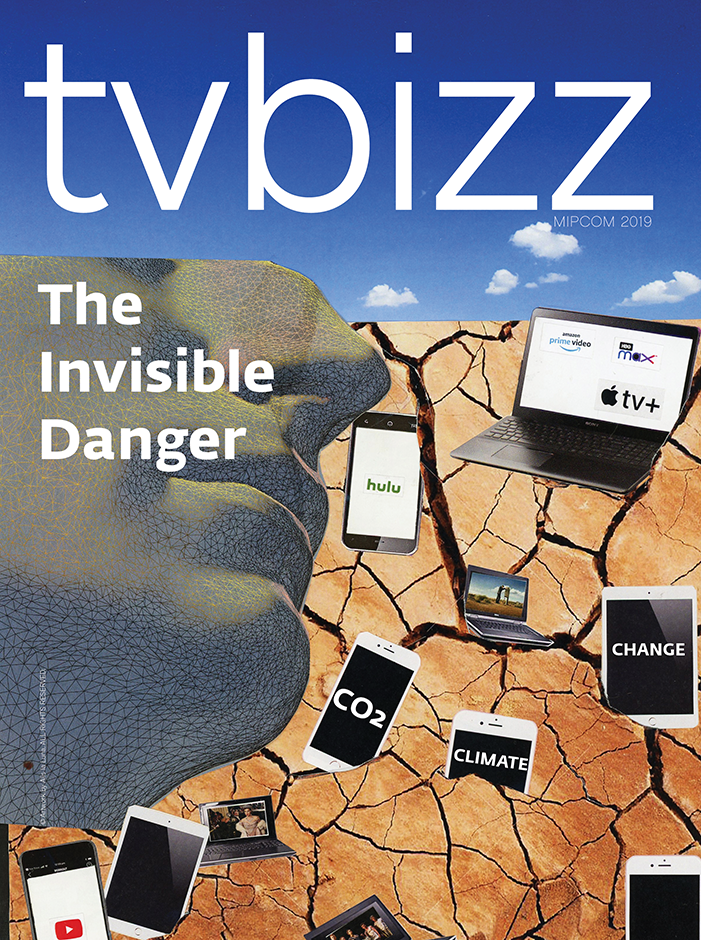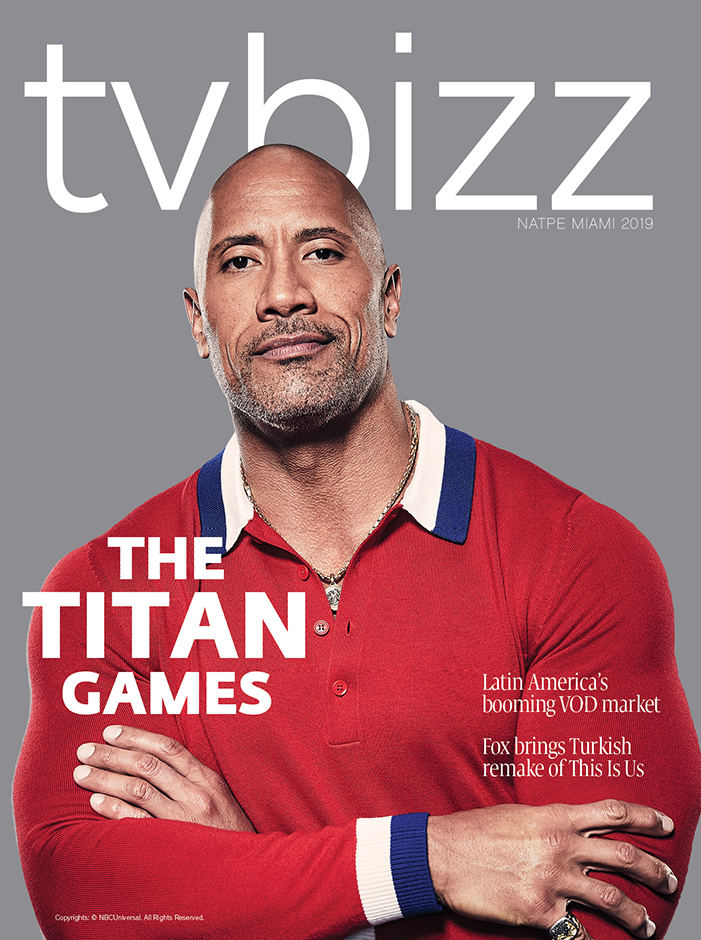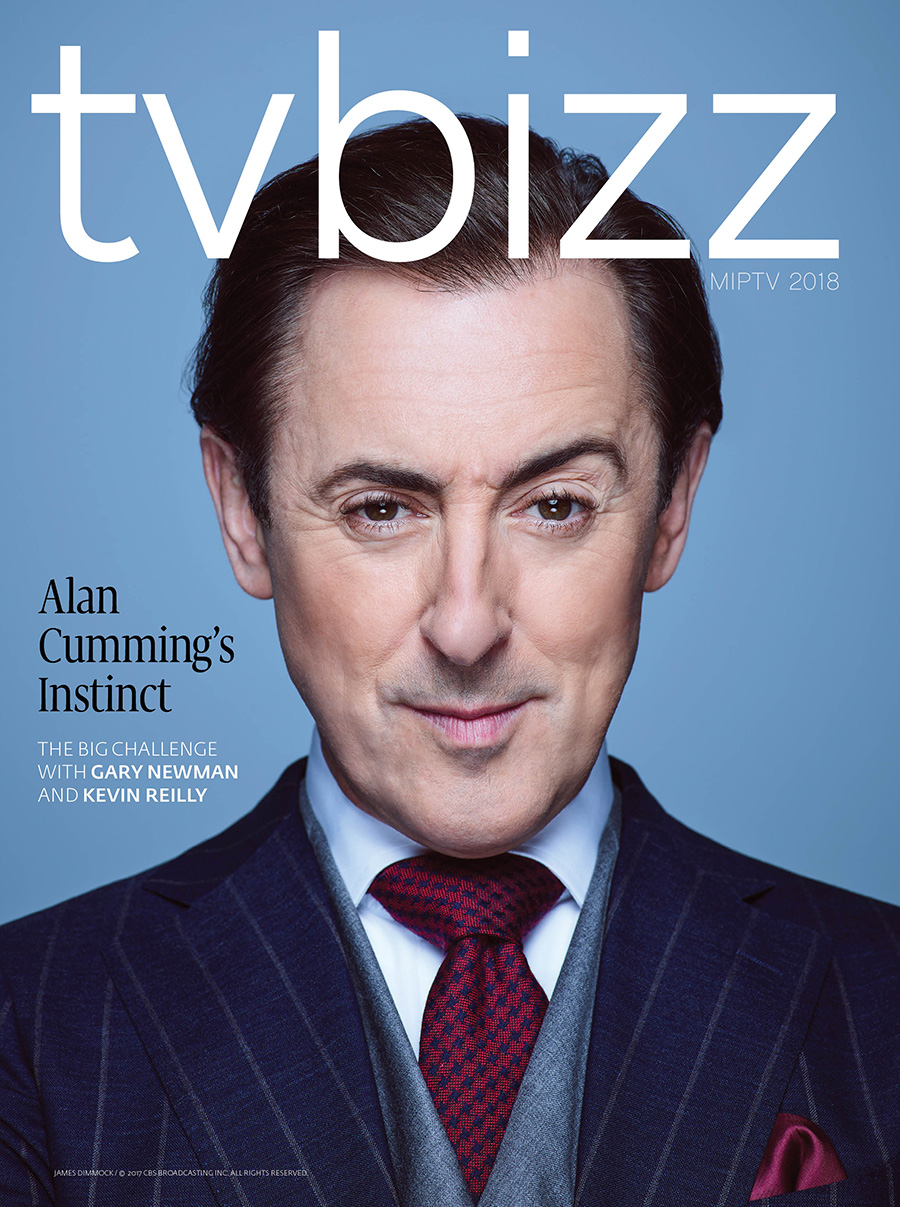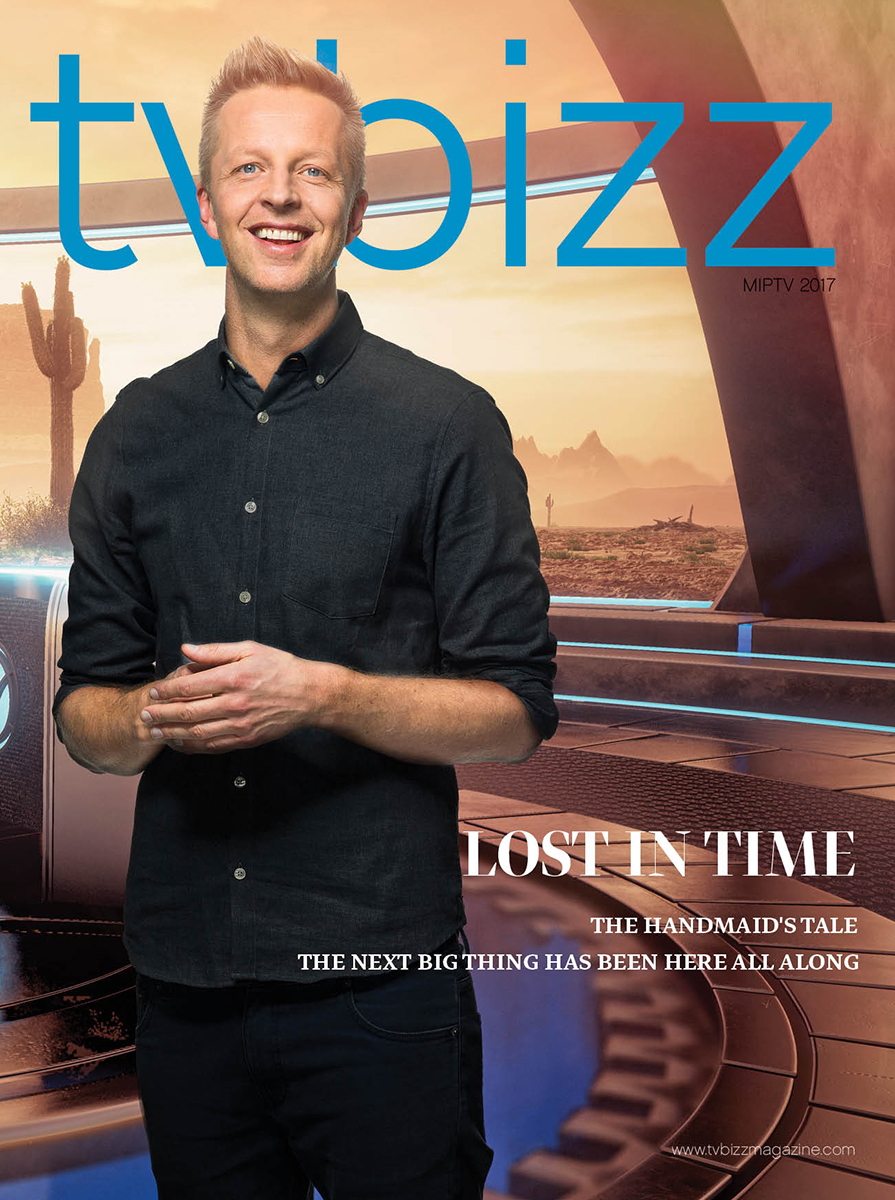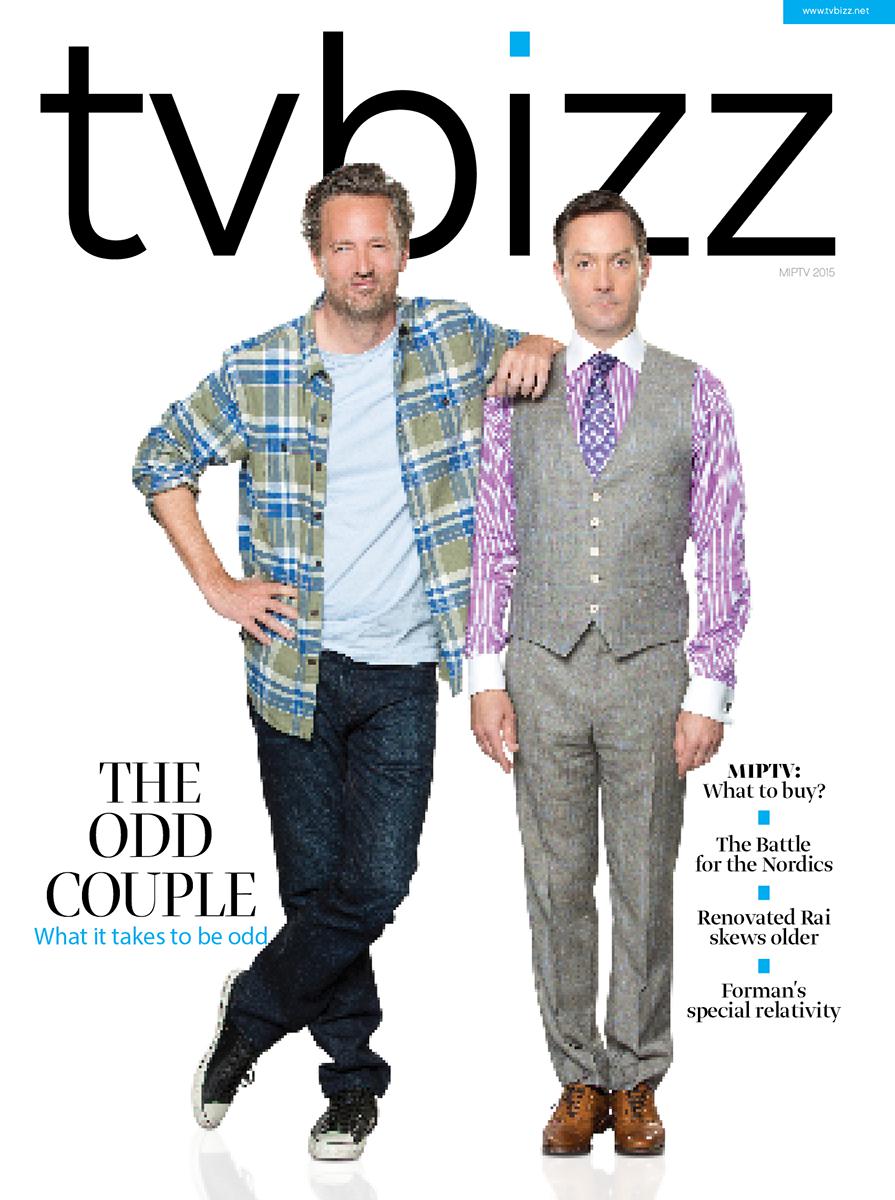The FAST Challenge - Interview with Alan Wolk
Alan Wolk, Co-Founder/Lead Analyst at TVREV, will be hosting the MIP Global FAST & AVOD Summit: Ad-Supported Licensing & Distribution at MIPTV. Ahead of this much anticipated session, scheduled for two hours in the conference program, Yako Molhov got in touch with Alan for this exclusive interview for TVBIZZ Magazine, focusing on the current trends, challenges and prospects for the quickly evolving FAST industry.
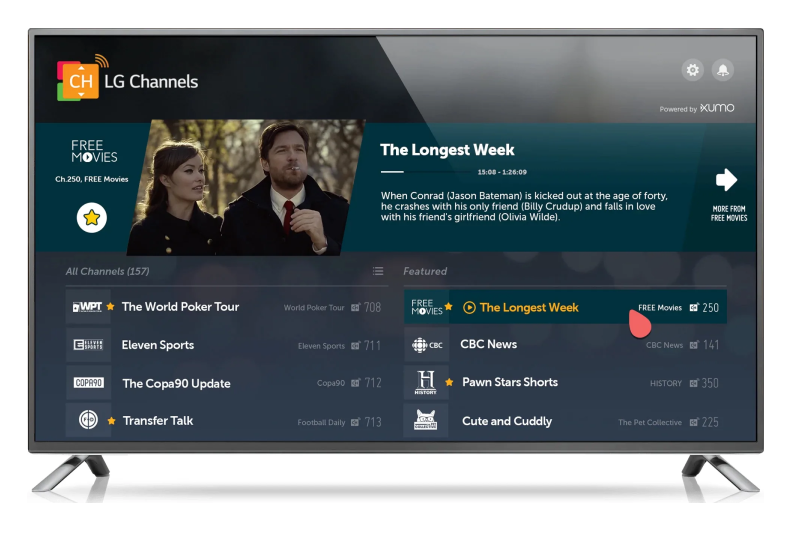
Alan, you are the person who coined the term “FAST” for Free Ad-Supported Streaming TV. FAST has been one of the hottest trends in the world of broadcasting and digital in the past couple of years. Is there confusion about what the actual term covers and is FAST used incorrectly for other types of services nowadays?
There is indeed a great deal of confusion around nomenclature. There are FAST services like Tubi, Pluto, Samsung TV Plus, Rakuten and LG Channels. They have a combination of on-demand programming and linear channels. The linear channels are often called “FAST channels” and come from a range of sources, so the FAST services essentially act as aggregators. But the channels don’t exist separately from the on-demand content. Ad buys go against both and the user experience frequently allows viewers to start watching on a linear channel and then continue watching additional episodes on demand.
Too many people confuse “FAST channels” and “FAST services” and that is not good as they are two completely different entitites. I jokingly blame this on The Roku Channel, which is a FAST service, though it has “channel” in its name.
It is important that we are all using the same words to describe the same things. So if there is one thing I am hoping people walk away with from this event, it is the understanding that there are FAST services and FAST channels and they are not the same thing.
We have seen many new trends “fade out” with time, losing their moniker “the hottest thing”. What will make FAST a model that can be sustainable and profitable in the long run and in many different regions?
In much of the world, few people have the sort of disposable income that lets them spend the equivalent of $5 or $10 on a subscription TV service. So FAST will be the preferred way for people to watch—it will be the digital equivalent of broadcast.
In the US there is a challenge because cable TV was so profitable thanks to carriage and retrans fees—the money that the MVPDs are required to pay to the cable (carriage) and broadcast (retrans) networks. These fees generate billions (not a typo!) each year and have made cable TV a very profitable industry. FAST will still be profitable in the US—just not as profitable.
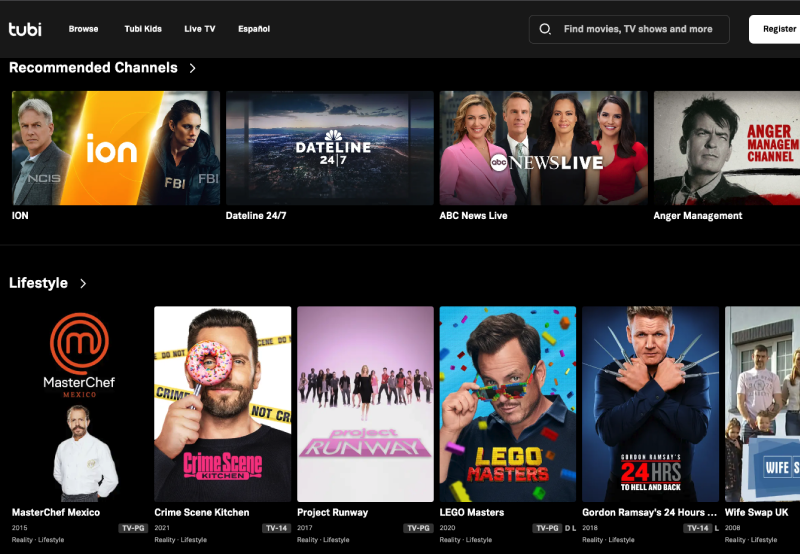
What would be your main advice to anyone planning to launch a FAST channel? What are the main prerequisites for success, alongside having great content?
There are three types of content that are very much in demand these days:
1. Content that appeals to a specific type of advertiser, where there is a clear tie-in, so a travel show channel, where it will be easy to get hotels and airlines to advertise. (Only there are numerous travel show channels already, so you’ll need to find a unique hook!)
2. Content with a very passionate fan base—Japanese manga is an easy example, or a channel devoted to surfing. This will guarantee a loyal audience, one that certain advertisers are happy to target.
3. High profile shows from major studios—Warner Bros.’ shows like Westworld are a good example— where the studio is curating the channel.
It is worth noting that many FAST services like to curate their own channels around a specific topic, and so it’s not a bad idea to think about selling your shows rather than a pre-set channel.
What are the best regions for launching FAST channels right now? And what are the “undiscovered territories” in your opinion?
I think there is some room in Europe, but I would focus on Latin America. There is one language (other than Brazil) so no need for translations and dubbing and there is a growing middle class that is attractive to advertisers. Plus there is a good supply of locally produced content to round out the offerings on the FAST services so they are not completely dominated by programas estadounidenses.
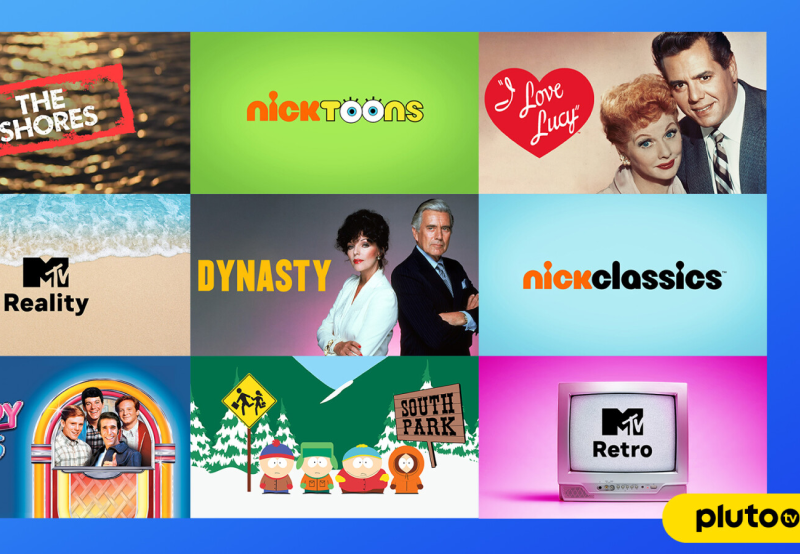
We see many paid services also launching cheaper ad-funded packages. How is FAST affecting the streaming industry as a whole?
I think services will see FAST as one leg of a three-legged stool: an ad-free subscription service, an ad-supported subscription service and a free ad-supported service (FAST.) The goal will be to keep at least 60% of the viewers in one of the ad-supported tiers. The FAST will be part of a flywheel, where the service shows older seasons of its current hits to try and get viewers to upgrade to one of the subscription tiers, while also promoting new series. It was a strategy that worked for Netflix for many years in the 2010s.
Do you expect that advertisers will be gradually moving away from linear TV to FAST platforms?
Very gradually. Nothing happens quickly in TV.
But it will likely happen in the Global South before the US and Europe, as they do not have a very built up linear ecosystem—it’s similar to how many of those countries had robust mobile phone systems because they did not really have landlines.
The real push in the US will come when the ad-supported subscription tiers really take off. They have original programming, and if you are, say, Pepsi, you do not want to run your $20 million commercial against some reruns. You want to run it against a new episode of White Lotus or The Crown. So once those services reach critical mass, the big, 9 digits-per-year advertisers will move money to streaming, on the theory that SVOD is the new primetime and FASTs are the new cable—a place to reach audiences you are missing elsewhere and to heavy up on specific targets.
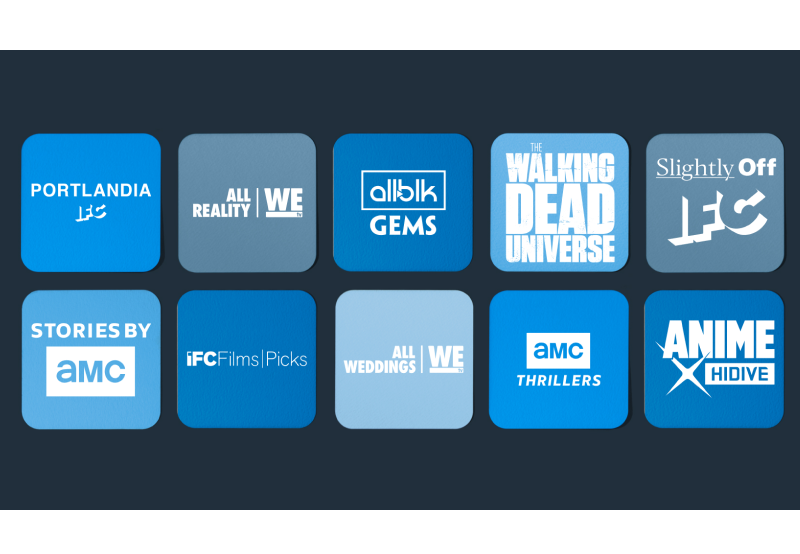
You will be hosting the MIP Global FAST & AVOD Summit: Ad-Supported Licensing & Distribution at MIPTV this April. What will be the highlights and the most-important issues covered during the event?
We are going to look at many of the topics mentioned above—nomenclature, what types of content FAST services are looking for and where opportunity lies. We will also look at some of the challenges in programming for a global audience and what some of the issues are around measurement and how to solve them. I always like my events to be entertaining—that is something we strive for at TVREV—to explain things in plain English without dumbing them down. And there will be actionable takeaways because I always make sure people walk away from all our events with some ideas on what to do with what they’ve just learned.
The other hot trend in the world of content production and distribution, alongside FAST, is artificial intelligence (AI). Will those two go hand-in-hand in the future, can AI help the development of FAST channels?
AI will be great for advertising. It is already being used to identify the emotions in a scene, the actors, and the action in order to serve up ads that are more in line with the show—the technical term for this is “contextual targeting.” AI will also be used to create personalized channels for viewers based on their preferences—sort of like Spotify playlists—and to provide better recommendations. But it will not be writing shows anytime soon. At best, it can provide scripts for things like nature documentaries where the narration is all off camera. And even then, we are many years off.
There is indeed a great deal of confusion around nomenclature. There are FAST services like Tubi, Pluto, Samsung TV Plus, Rakuten and LG Channels. They have a combination of on-demand programming and linear channels. The linear channels are often called “FAST channels” and come from a range of sources, so the FAST services essentially act as aggregators. But the channels don’t exist separately from the on-demand content. Ad buys go against both and the user experience frequently allows viewers to start watching on a linear channel and then continue watching additional episodes on demand.
Too many people confuse “FAST channels” and “FAST services” and that is not good as they are two completely different entitites. I jokingly blame this on The Roku Channel, which is a FAST service, though it has “channel” in its name.
It is important that we are all using the same words to describe the same things. So if there is one thing I am hoping people walk away with from this event, it is the understanding that there are FAST services and FAST channels and they are not the same thing.
We have seen many new trends “fade out” with time, losing their moniker “the hottest thing”. What will make FAST a model that can be sustainable and profitable in the long run and in many different regions?
In much of the world, few people have the sort of disposable income that lets them spend the equivalent of $5 or $10 on a subscription TV service. So FAST will be the preferred way for people to watch—it will be the digital equivalent of broadcast.
In the US there is a challenge because cable TV was so profitable thanks to carriage and retrans fees—the money that the MVPDs are required to pay to the cable (carriage) and broadcast (retrans) networks. These fees generate billions (not a typo!) each year and have made cable TV a very profitable industry. FAST will still be profitable in the US—just not as profitable.

What would be your main advice to anyone planning to launch a FAST channel? What are the main prerequisites for success, alongside having great content?
There are three types of content that are very much in demand these days:
1. Content that appeals to a specific type of advertiser, where there is a clear tie-in, so a travel show channel, where it will be easy to get hotels and airlines to advertise. (Only there are numerous travel show channels already, so you’ll need to find a unique hook!)
2. Content with a very passionate fan base—Japanese manga is an easy example, or a channel devoted to surfing. This will guarantee a loyal audience, one that certain advertisers are happy to target.
3. High profile shows from major studios—Warner Bros.’ shows like Westworld are a good example— where the studio is curating the channel.
It is worth noting that many FAST services like to curate their own channels around a specific topic, and so it’s not a bad idea to think about selling your shows rather than a pre-set channel.
What are the best regions for launching FAST channels right now? And what are the “undiscovered territories” in your opinion?
I think there is some room in Europe, but I would focus on Latin America. There is one language (other than Brazil) so no need for translations and dubbing and there is a growing middle class that is attractive to advertisers. Plus there is a good supply of locally produced content to round out the offerings on the FAST services so they are not completely dominated by programas estadounidenses.

We see many paid services also launching cheaper ad-funded packages. How is FAST affecting the streaming industry as a whole?
I think services will see FAST as one leg of a three-legged stool: an ad-free subscription service, an ad-supported subscription service and a free ad-supported service (FAST.) The goal will be to keep at least 60% of the viewers in one of the ad-supported tiers. The FAST will be part of a flywheel, where the service shows older seasons of its current hits to try and get viewers to upgrade to one of the subscription tiers, while also promoting new series. It was a strategy that worked for Netflix for many years in the 2010s.
Do you expect that advertisers will be gradually moving away from linear TV to FAST platforms?
Very gradually. Nothing happens quickly in TV.
But it will likely happen in the Global South before the US and Europe, as they do not have a very built up linear ecosystem—it’s similar to how many of those countries had robust mobile phone systems because they did not really have landlines.
The real push in the US will come when the ad-supported subscription tiers really take off. They have original programming, and if you are, say, Pepsi, you do not want to run your $20 million commercial against some reruns. You want to run it against a new episode of White Lotus or The Crown. So once those services reach critical mass, the big, 9 digits-per-year advertisers will move money to streaming, on the theory that SVOD is the new primetime and FASTs are the new cable—a place to reach audiences you are missing elsewhere and to heavy up on specific targets.

You will be hosting the MIP Global FAST & AVOD Summit: Ad-Supported Licensing & Distribution at MIPTV this April. What will be the highlights and the most-important issues covered during the event?
We are going to look at many of the topics mentioned above—nomenclature, what types of content FAST services are looking for and where opportunity lies. We will also look at some of the challenges in programming for a global audience and what some of the issues are around measurement and how to solve them. I always like my events to be entertaining—that is something we strive for at TVREV—to explain things in plain English without dumbing them down. And there will be actionable takeaways because I always make sure people walk away from all our events with some ideas on what to do with what they’ve just learned.
The other hot trend in the world of content production and distribution, alongside FAST, is artificial intelligence (AI). Will those two go hand-in-hand in the future, can AI help the development of FAST channels?
AI will be great for advertising. It is already being used to identify the emotions in a scene, the actors, and the action in order to serve up ads that are more in line with the show—the technical term for this is “contextual targeting.” AI will also be used to create personalized channels for viewers based on their preferences—sort of like Spotify playlists—and to provide better recommendations. But it will not be writing shows anytime soon. At best, it can provide scripts for things like nature documentaries where the narration is all off camera. And even then, we are many years off.





